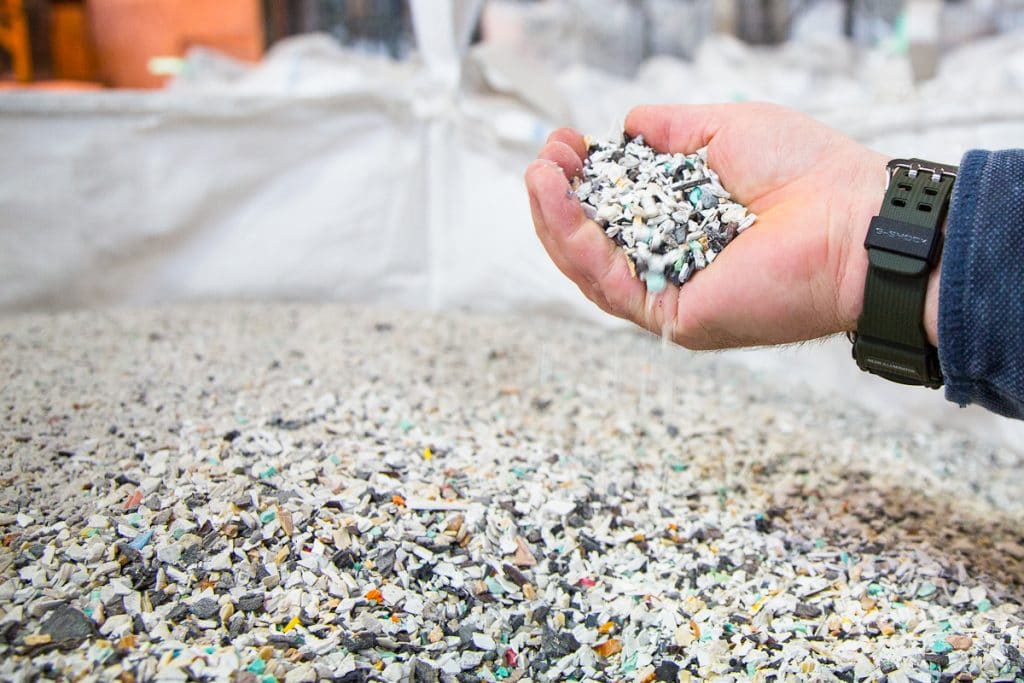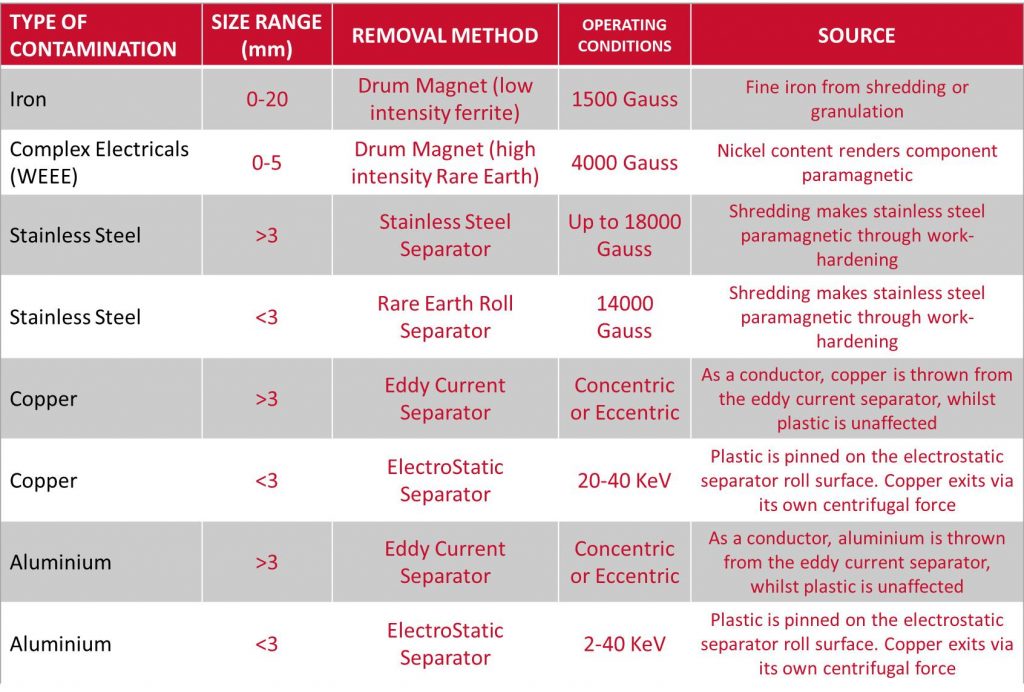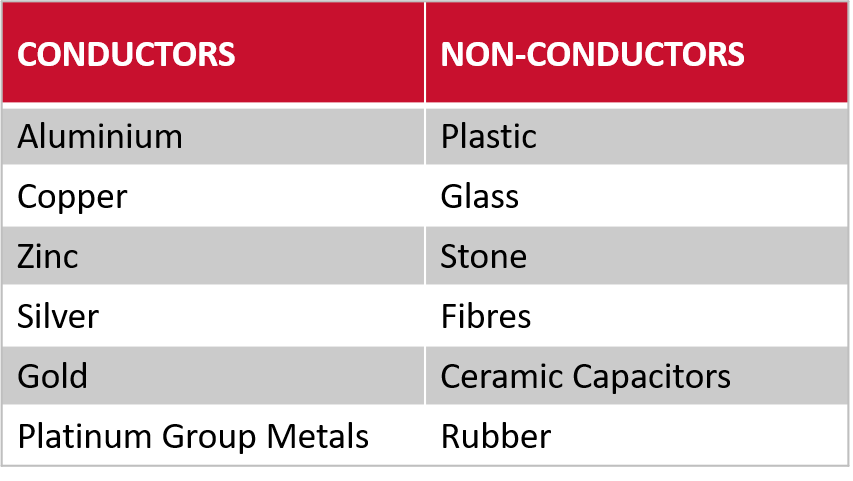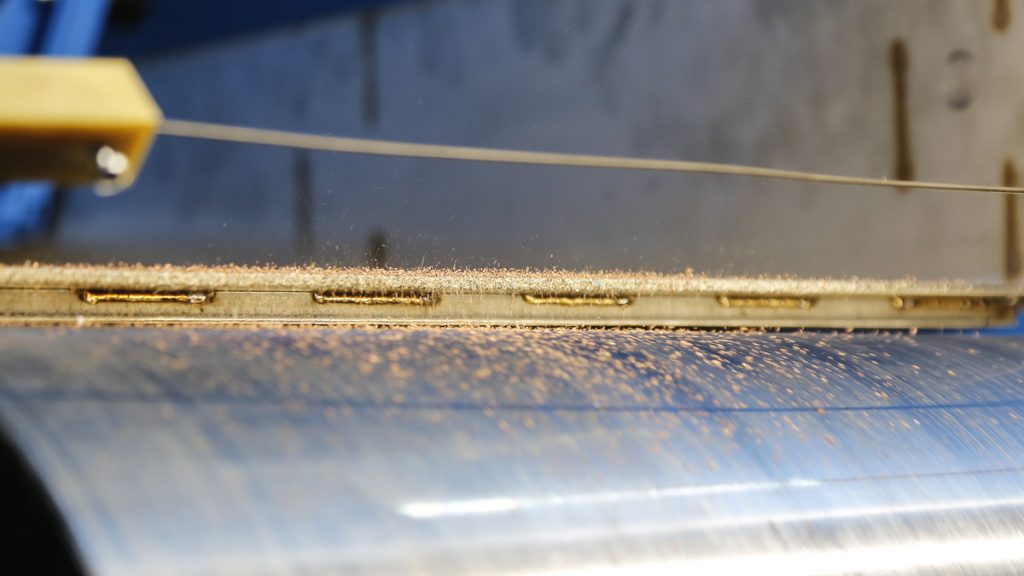ElectroStatically Cleaning Plastic Waste
By Paul Fears | 27 September 2021
With the ever-increasing amount of plastic waste collected for recycling, the ability to remove effectively contaminants including metal has never been more important. Often, contaminated plastic cannot be processed meaning that landfill or energy-to-waste are the only options. The ElectroStatic Separator significantly expands the range of product recycling possibilities, enabling the removal of very small metal contamination.

Metal Removal from Plastic Waste
Magnetic separators and metal detectors feature widely in plastic waste recycling operations; both processing internally generated plastic waste and secondary used plastic materials. Magnetic separators attract hold and separate ferrous metals, whilst metal detectors identify both ferrous and non-ferrous metal contamination.
- Technical Product Information: Magnetic Separators
- Technical Product Information: Metal Detectors
The separation technology selection depends on the nature of the metal contamination. As with all physical separation processes, the particle size distribution is key to effective separation efficiency – the closer the size range the better.

Low-intensity, standard strength magnetic separators such as Ceramic Ferrite Drum Magnets easily and automatically remove strongly magnetic tramp iron from plastic waste material.

After abrasion, shredding or granulation, stainless steel (including 300-series) is weakly magnetic and separation requires a higher magnetic force. The physical size-reduction process work hardens the steel giving it paramagnetic properties. A Rare Earth Roll Magnetic Separator produces effective separation on particles below 3mm, with the HISC and SSSC high-intensity magnetic separators used for larger particle size ranges.
The Eddy Current Separator and ElectroStatic Separator remove non-magnetic conducting metals (e.g. copper and aluminium). Eddy Current Separators successfully separate non-ferrous metals in plastic waste feeds with a particle size range greater than 3mm. The conductivity of the metal determines the effectiveness of the separation with both copper and aluminum being highly conductive. The separation performance and capacity varies according to the application and characteristics of the material, with the operating criteria for any single project optimised with controlled testing at Bunting’s Centre of Excellence.
Separating Small Non-Ferrous Metal Particles
The physics of the Eddy Current Separator design limits the separation efficiency on particles below 2mm. The magnetic repulsive force imparted on such small conducting particles, including copper and aluminium, are not enough to produce an effective separation.
- Technical Product Information: Eddy Current Separators
For materials below 2-3mm, Bunting developed the revolutionary ElectroStatic Separator. Every material has electrostatic properties that potentially allow separation in an external electrostatic field. For recycling applications, materials are categorised into conductors and non-conductors (dielectric) materials. Such materials behave differently in an electrostatic field, thus enabling a separation.

- Technical Product Information: ElectroStatic Separator
ElectroStatics is a long-standing separation technology in the minerals industry dating back to the late 1890s. However, the necessity of recovering or separating small sub-2-3mm metal particles from waste products such as plastic has resulted in a substantial growth in use of the technology. Typical recycling applications include:
- Granulated Copper Cable Processing
- Separation of Aluminium from Plastic
- Plastic recycling (e.g. shredded window frames separating aluminium from plastic);
- Shredded WEEE/Auto Shredder Residue

In plastic recycling operations, the ElectroStatic Separator handles approximately 1-2 tonnes per hour per metre width, although a specific application’s capacity and separation depend upon the material characteristics (e.g. particle size, density, water content). Bunting conduct controlled ElectroStatic tests at their Centre of Excellence to confirm separation capabilities and capacities.
Importance of Separation Technology
Separation technology holds the key to increasing the proportion of plastic materials reclaimed, reused and recycled. The combination of magnetic, eddy current and electrostatic separation enables the separation of a high proportion of the metallic (ferrous and non-ferrous) materials from any plastic waste.
With the ability to separating and recovering conductive metals from 3mm down to +45-microns, the ElectroStatic Separator enables the recycling of plastic waste previously destined for landfill.
Related Technical Articles
For further information on removing metal from a plastics processing plant using Magnetic Separators, Metal Detectors and ElectroStatic Separation, please contact the Bunting technical sales team on:
For additional information on removing metal from plastic please contact us on:
Email Gordon: gkerr@buntingmagnetics.com
Telephone: +44 (0) 1527 65858
All product photographs by Paul Fears Photography
Follow us on social media